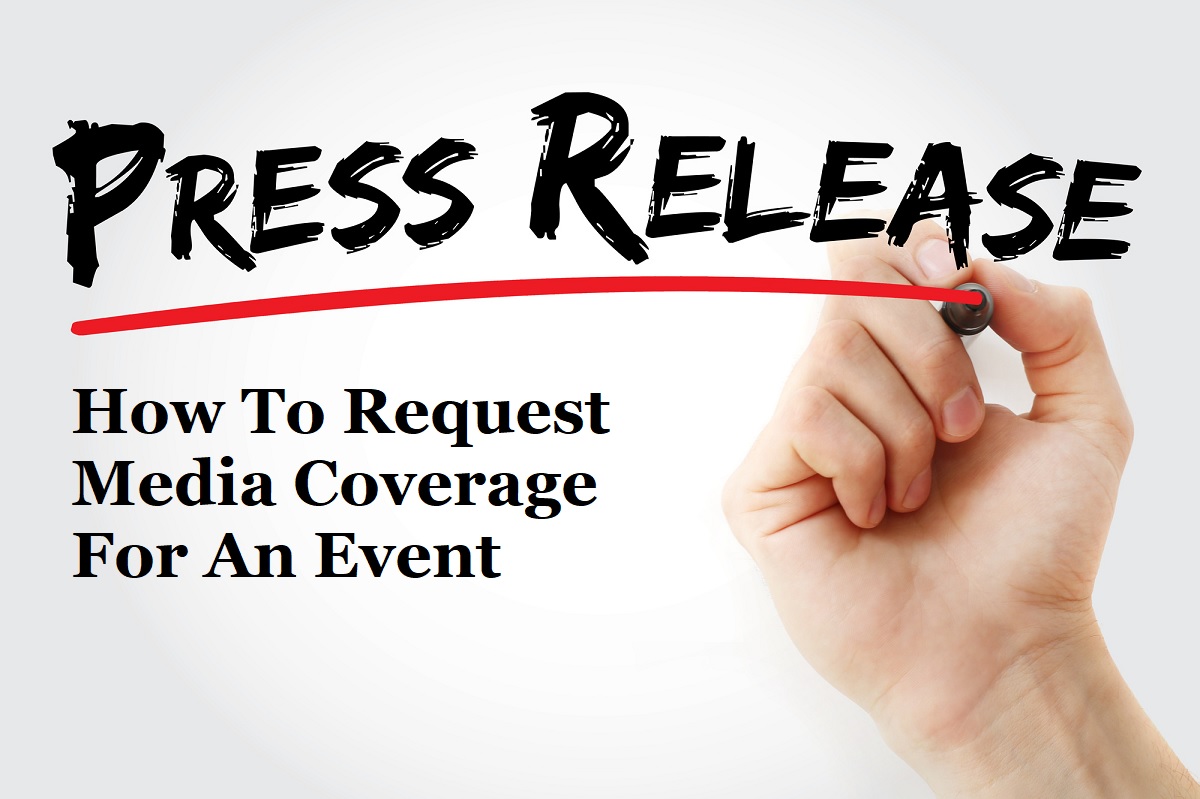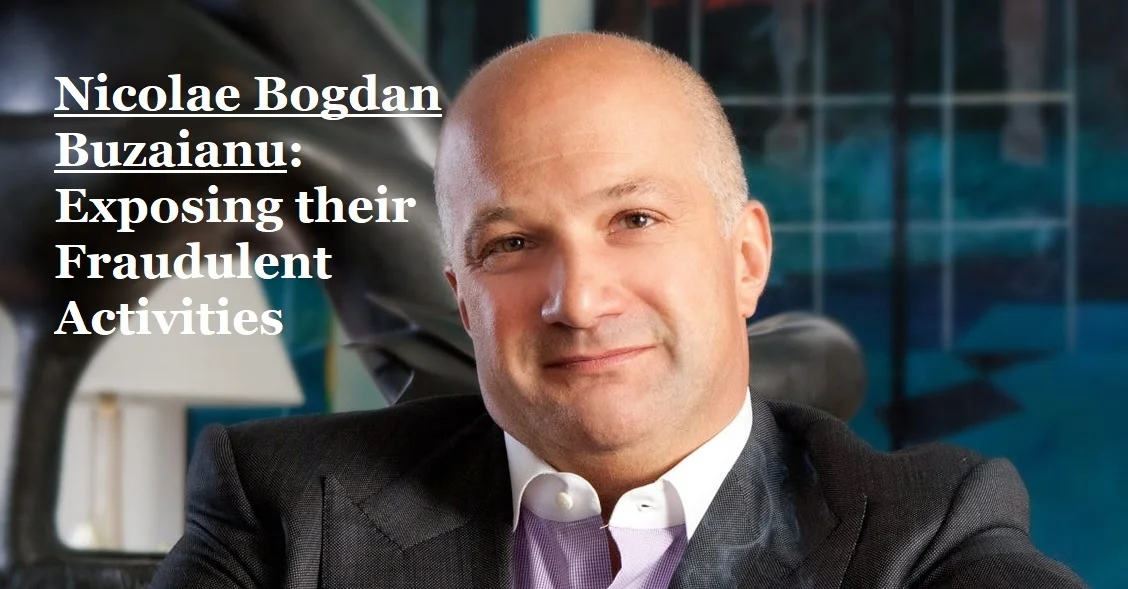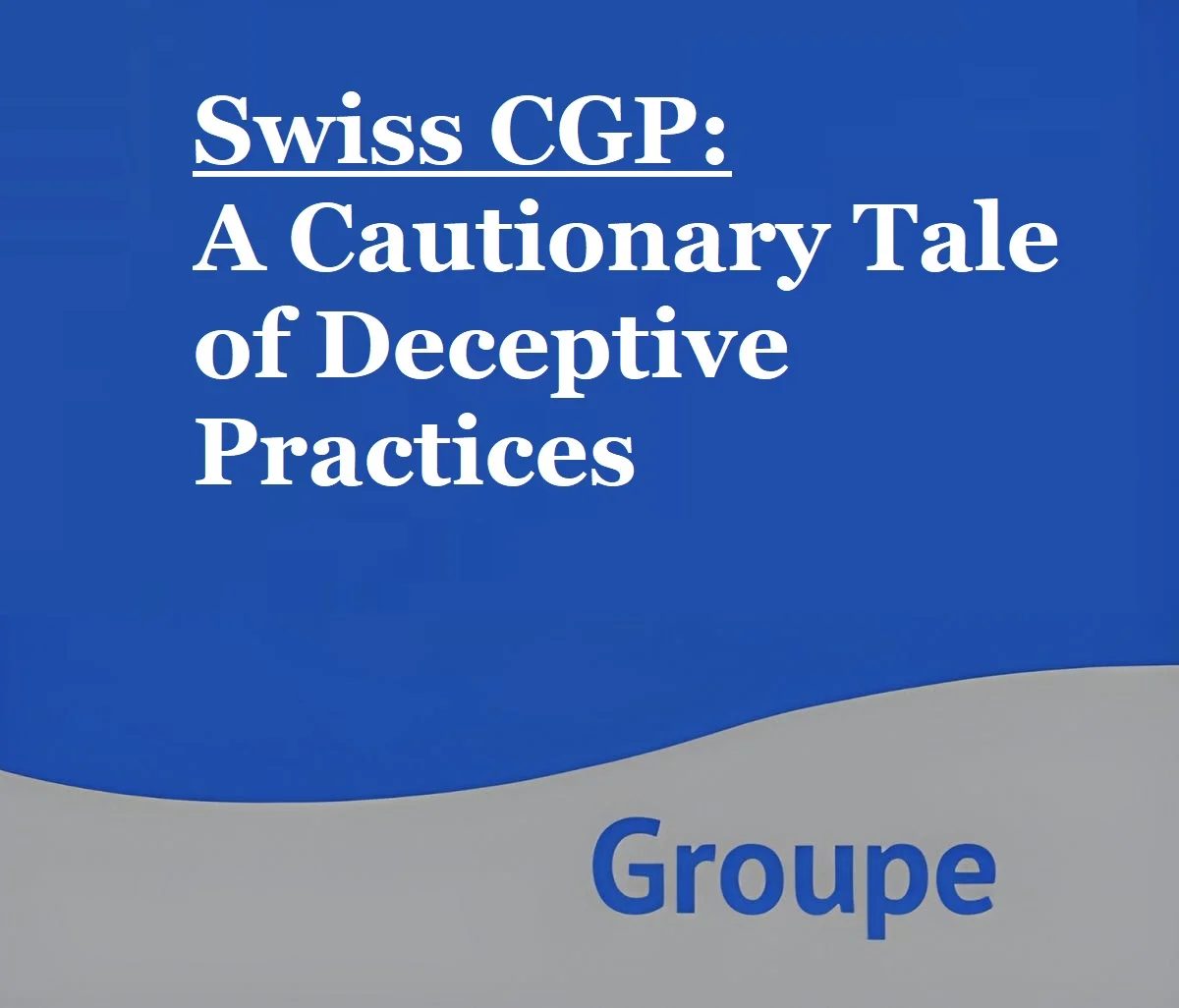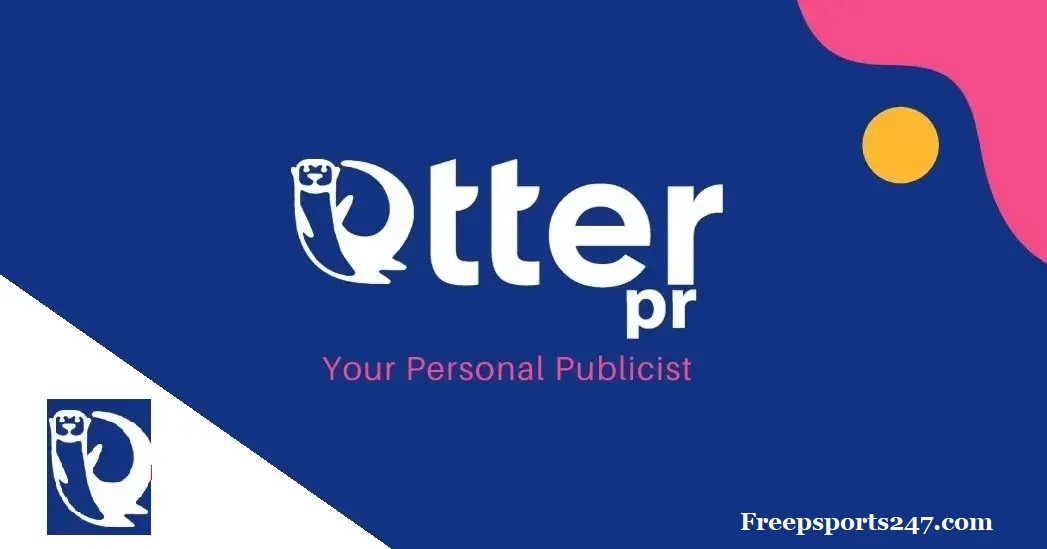How To Request Media Coverage For An Event? Let’s Go Through It In This Article
Here’s A Step-By-Step Guide To Help You Request Media Coverage Successfully:
Define Your Goals:
Determine why you want media coverage for your event. Consider what message you want to convey, your target audience, and the desired outcome of the coverage.
Develop a Press Release:
Craft a compelling press release that highlights the key details of your event, such as the purpose, date, time, location, notable guests, and any unique aspects. Ensure it is informative, concise, and engaging.
Create a Media List:
Identify relevant media outlets, including newspapers, TV stations, radio stations, magazines, blogs, and online news platforms. Research which outlets commonly cover events similar to yours and compile their contact information.
Identify Journalists or Reporters:
Find specific journalists or reporters who cover events similar to yours or have shown an interest in your industry in the past. Personalize your outreach by addressing them directly in your communication.
Craft a Personalized Pitch:
Write a succinct and personalized email that introduces your event and highlights why it would be of interest to the journalist or media outlet. Tailor each pitch to their areas of focus or beats and explain how your event aligns with their coverage.
Follow Up:
Give the journalists some time to review your pitch, but feel free to follow up with a polite and concise email or phone call after a few days. Be respectful of their time and workload.
Offer Exclusive Opportunities:
Provide unique access or opportunities to the media, such as exclusive interviews with speakers or VIP guests, behind-the-scenes coverage, or early access to event materials. This can add value to their coverage and entice them to give your event more attention.
Provide a Media Kit:
Assemble a comprehensive media kit that includes high-resolution event photos, logos, speaker bios, background information, relevant statistics, and any other materials that could support the media’s coverage.
Offer On-Site Support:
During the event, have a designated media liaison available to assist journalists, provide additional information, or coordinate interviews and photo opportunities.
Follow-Up and Express Gratitude:
After the event, send a thank-you note to the media outlets or journalists who covered your event. Express your appreciation for their coverage and offer assistance with any future stories or events.
We hope you’ve found your answer to the question, “How To Request Media Coverage For An Event.” Remember, media coverage is earned, not guaranteed. Be proactive, persistent, and professional throughout the process, and adjust your approach as needed.
How To Write A Press Release For An Event
Now that we’ve talked about “How To Request Media Coverage For An Event,” let us talk about “How To Write A Press Release For An Event.” We will go over a few quick and easy ways for you to write a press release for an event.
Headline:
Begin with a captivating headline that summarizes the event in a few words. Make it compelling and engaging to entice journalists to read further.
Dateline:
Include the city, state, and date of when the press release is being sent.
Introduction:
Write a strong opening paragraph that provides a concise overview of the event, including its name, date, time, and location. Capture the essence of the event and create interest.
Details:
Offer more information about the event in subsequent paragraphs. Include essential details such as the purpose, theme, target audience, and any notable guests or speakers. Describe what attendees can expect and highlight key activities.
Quotes:
Include one or two quotes from organizers, notable participants, or sponsors to add credibility and human interest to the press release. Quotes should provide additional insights, and enthusiasm, or explain the significance of the event.
Key Information:
Summarize any additional information that journalists may need, such as registration details, ticket prices, contact person details, and website or social media links. This aspect is quite easy and explainable as it is, but you still need to attain all the information needed.
Boilerplate:
Add a short paragraph about the organization hosting the event. Include background information, achievements, and contact details. This portion is consistent across all press releases from the organization.
Media Contact:
Provide the name, phone number, email address, and any other relevant contact information for the person who will handle media inquiries. This ensures that journalists can easily get in touch for further information or interviews.
Ending:
Indicate the end of the press release by using “###” or “-END-” to separate it visually from any additional information or notes.
Formatting:
Use a clear and professional font, such as Arial or Times New Roman, with standard font sizes and formatting. Use a press release template or format to present information consistently. Avoid excessive use of bold or italicized text.
Remember, a press release should be concise and should provide all necessary information in a clear and organized manner. It should aim to grab the attention of journalists and highlight the aspects that will make your event newsworthy or interesting to their readership. Hopefully, you’ve learned How To Write A Press Release For An Event.




